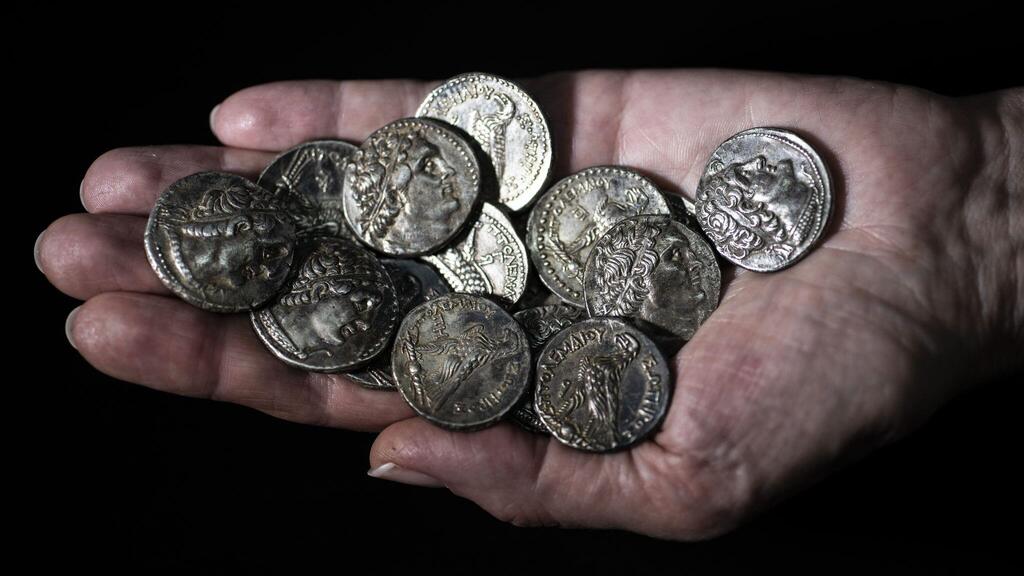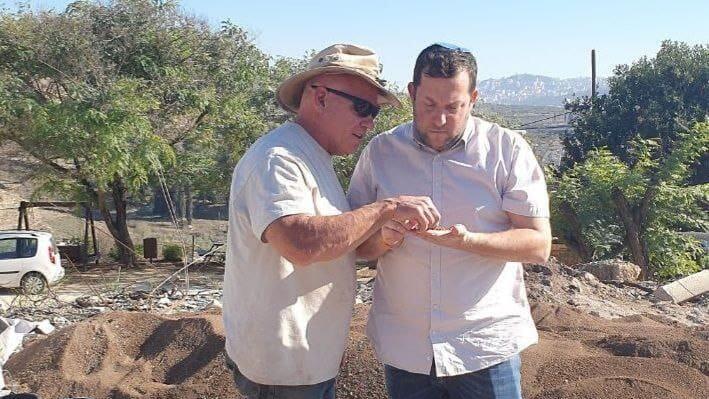Getting your Trinity Audio player ready...
Silver coins made during the Late Bronze Age and used for payment were discovered at Tel Shiloh, north of Jerusalem, and at Tel Gezer, on the western slope of the Judean Hills, a new study revealed on Sunday.
The coins were made in Anatolia, which today constitutes part of Turkey, and were apparently used as early as 17 century BCE.
Another batch coins came from Tell el-Ajjul, presently located in the Gaza Strip; these were produced a century later, during the early Late Bronze Age, according to the new study conducted by the University of Haifa and the Hebrew University of Jerusalem.
"The transition to an economical method based on silver coins, which do not deteriorate and have a reduced volume and weight, presents many advantages and new possibilities which will certainly contribute to the urban and economic development of the entire region," said Dr. Tzilla Eshel, of the University of Haifa, who led the study.
The study also showed that silver coins continued to be used frequently, evidence of long and stable trade relations in Anatolia, something researchers were unaware of until now.
The use of coins as a means of payment was known in Mesopotamia as early as the third millennium BCE. However, in the region of the southern Levant, known in the Bible as the Land of Canaan, this use was thought to be common only in the Iron Age, from the 12th century BCE. The silver trade between Hazor and Mari, an ancient Semitic city-state in present-day Syria, is mentioned in financial records found in Hazor and dated back to the Middle Bronze Age.
Silver coins have an unpolished shape, which makes it clear that they were not made as jewelry or ornamental items. The fact that they were commonly found together, wrapped in cloth, and kept in pottery proves that they were used as a form of payment.



